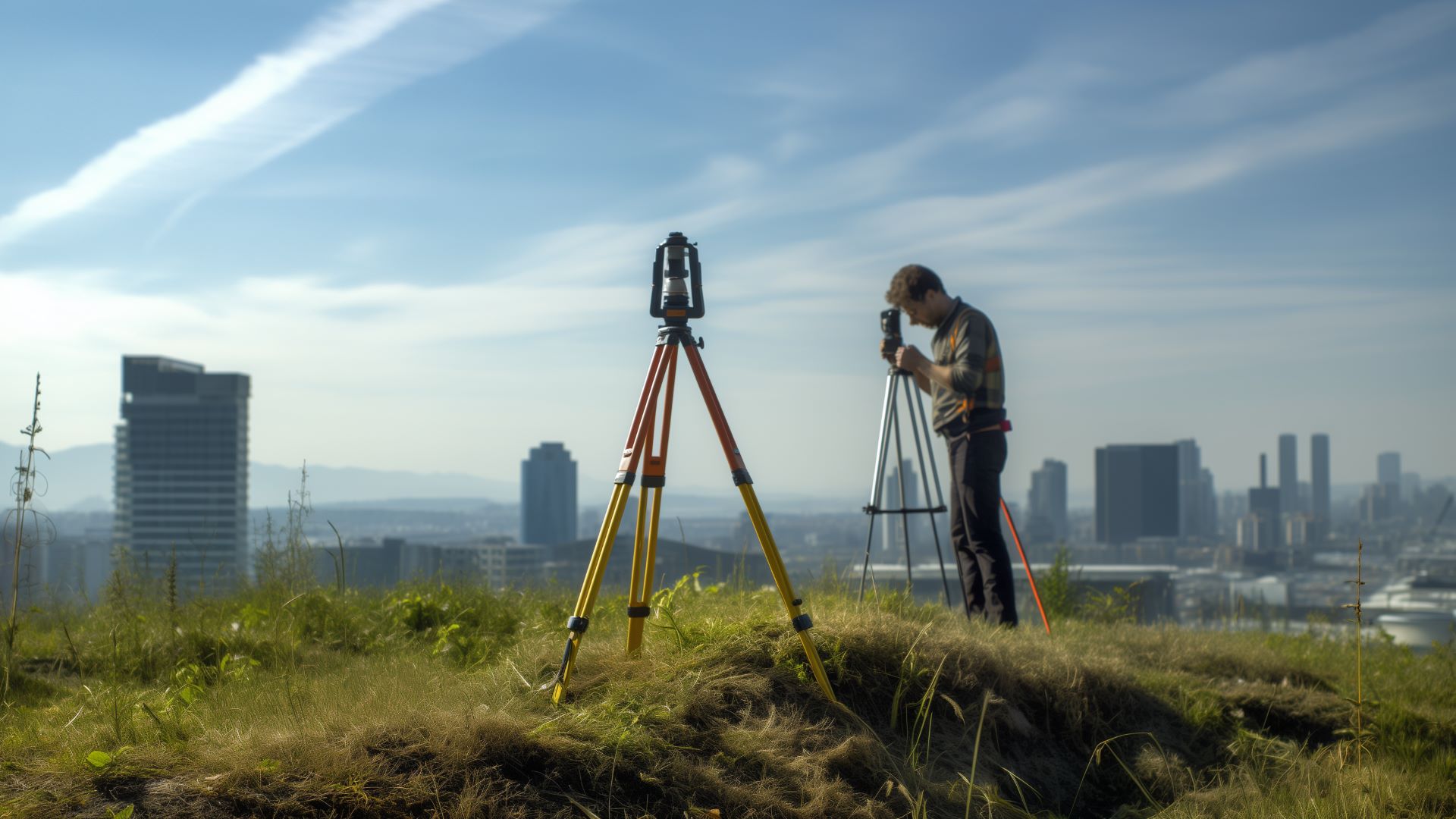
These Civil Engineering Innovations Could Change the World
December 8, 2022 - Lou Farrell
Revolutionized is reader-supported. When you buy through links on our site, we may earn an affiliate commision. Learn more here.
People who have ever driven on a road, walked across a bridge, traveled on a train or enjoyed reliable public water infrastructure have civil engineers to thank. Since civil engineering is so instrumental in today’s society, the people working in the field continually push the boundaries of what’s possible. They collectively keep the industry moving forward. Here are some fascinating examples of civil engineering innovations that could prove world-changing.
Chinese Engineers Want to Make a Dam With No Human Labor
It can take years to build a dam, and that prolonged timespan has significant associated labor needs. However, engineers in China have proposed a pioneering concept for dam construction. It relies on 3D printing and artificial intelligence (AI).
Plans for the dam indicate it will stand 590 feet high, making it the tallest 3D-printed structure. That current record goes to a two-story Dubai office building that’s only 20 feet tall. Many parts of this project rely on automated vehicles and construction equipment that work together to create an assembly line.
For example, everything starts with automated trucks bringing the right materials to specific construction site areas. Then, automated bulldozers and pavers would work to build the dam layer by layer. Another recent effort that relied on 3D printing for civil infrastructure was a steel footbridge in Amsterdam. In that case, engineers paired the physical bridge with a digital twin that will give insights into the longevity of 3D-printed steel.
The Chinese researchers say this approach will minimize the errors that can frequently happen due to human error. They also said building structures this way could work for other needs, such as road construction.
Many unknowns still exist, particularly since no one has previously tried an autonomous project of this magnitude. However, most civil engineering innovations require forging ahead regardless of the uncertainties that could throw things off track. Even if several things associated with this project don’t go exactly as expected, people will undoubtedly learn things. They might then later apply those insights to future work.
Engineers Hope to Make Cement More Durable and Sustainable
Civil engineering innovations increasingly relate to efforts that make the world more sustainable. There’s a broad and ongoing concern that people must pay more attention to how the decisions made today could affect future generations. Since civil engineers engage so frequently with modern societal developments, they’re often among those at the forefront of sustainability progress.
Some civil engineers partner with ecological engineers to maximize the collective efforts. Ecological engineers prioritize the management and restoration of ecosystems. However, civil engineering projects align closely with those aims.
Consider one example where engineers devised a way to make cement production carbon-neutral or even carbon-negative. Their method involves using microalgae to pull carbon dioxide from the air. They call the result biogenic limestone cement. The outcomes could be substantial if the product becomes widely used.
Suppose there was a total switch to this new option from traditional cement. It would stop 2 gigatons of carbon dioxide from going into the atmosphere. Plus, more than 250 million additional tons would get taken from the atmosphere and captured in the new material.
Elsewhere, researchers at Northwestern University got excellent results by adding nanomaterials to traditional cement. Findings related to these efforts previously showed that the nanomaterials reduce the carbon footprints of cement composites. However, more recent evidence suggests this approach also makes the cement more fracture-resistant. If civil engineering innovations make cement last longer, such outcomes promote sustainability, too.
Civil Engineers Find Link Between Community Amenities and Resilience
Civil engineers are often tasked with building structures to withstand natural disasters, such as earthquakes, hurricanes and floods. However, once such an event hits, people frequently wonder what determines how well a community can recover from it. Civil and environmental engineering researchers at Colorado State University believe they’ve found the answer.
The results highlighted the interdependence of hospitals and schools. Moreover, they suggested that decision-makers must prioritize helping those two entities recover to ensure the whole community can bounce back. The research team based their evidence on work done with a highly detailed virtual model of a fictional community called Centerville.
The model allowed studying the links between individuals and families and the schools and hospitals in an area. The outcomes surprised the researchers, but they believe the work could help shape the future.
Part of the efforts involved creating a social services stability index. It can show how a community fares based on the interdependent nature of the area’s hospitals and schools. Using it might help local leaders decide how and when to invest in a location’s recovery and choose how to best allocate resources.
Civil Engineering Innovations Can Result in Improved Processes
When progress happens in the civil engineering sector, it often causes permanent changes in processes. Perhaps that’s largely due to how civil engineering researchers and other professionals in the field frequently approach their work with problem-solving mindsets.
Consider how local officials often had little choice but to use reactive approaches when responding to hurricanes. They’d see where a storm left road blockages, downed power lines and other obstacles. Then, it was time to coordinate with area service providers to accelerate the recovery process. However, engineers tried a different approach by using satellite images to measure the amount of vegetation in Bay County, Florida. They could then tell which areas would have the most debris after a storm.
The team hopes their work will facilitate better planning through increased visibility. For example, the data would allow improved predictions about the aftermath a storm will cause. Then, local infrastructure managers could create debris collection zones or decide where to send trucks before the severe weather hits.
In another example of process enhancement, a group at the University of Missouri aimed to crowdsource infrastructure data through conventional smartphones. Data suggesting civil infrastructure failures could cause a 1% drop in the United States’ gross domestic product (GDP) drove their work. Most people typically have phones within an arm’s reach. Imagine quickly reporting infrastructure problems after spotting them. If that happens, decision makers would know where to send civil engineers and construction crews once budgets allow.
Civil Engineering Innovations Matter
We live in a time when the 24-hour news cycle dominates. It means it can be easy to lose track of some of the amazing things accomplished in research labs and through real-life applications. These civil engineering feats are well worth attention. That’s especially true because they could make positive and lasting impacts on the world.
Revolutionized is reader-supported. When you buy through links on our site, we may earn an affiliate commision. Learn more here.




